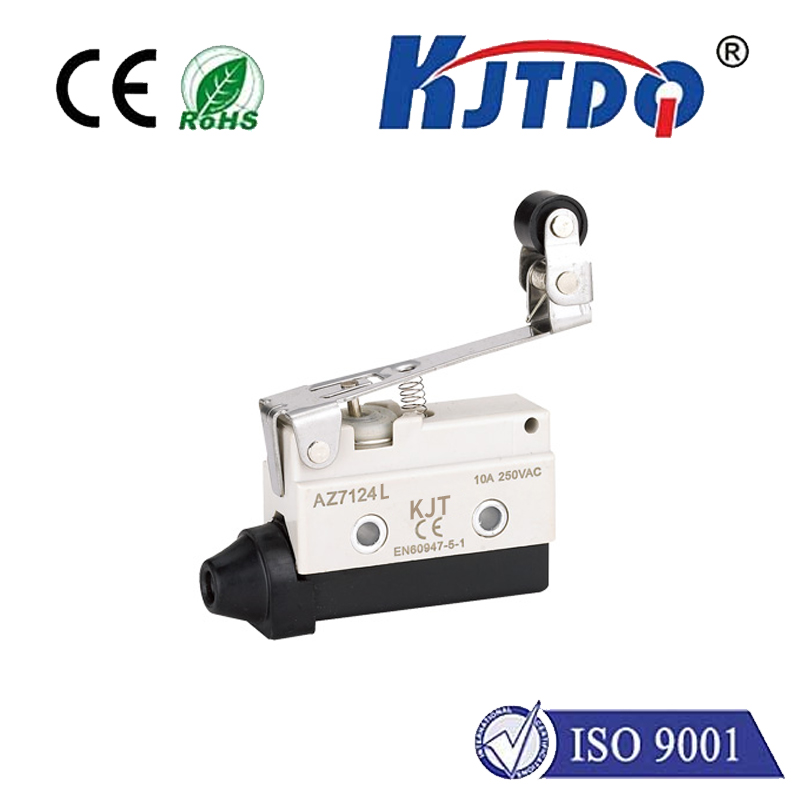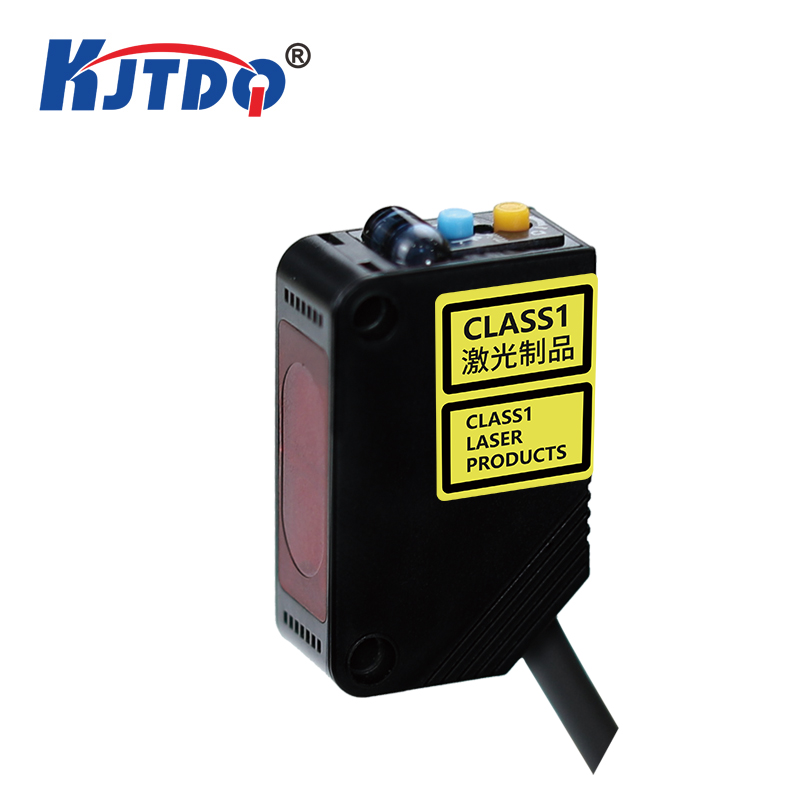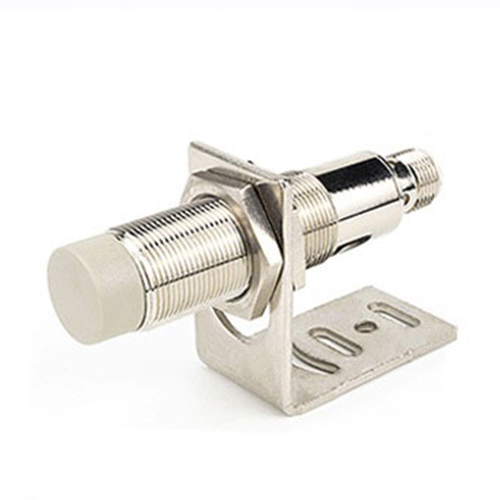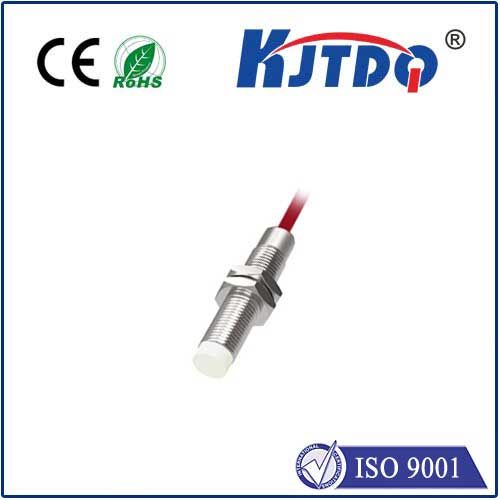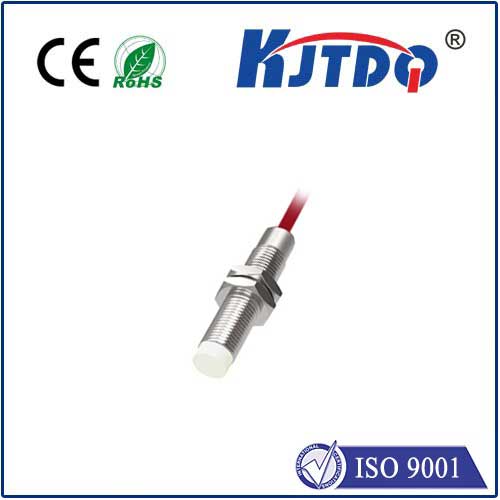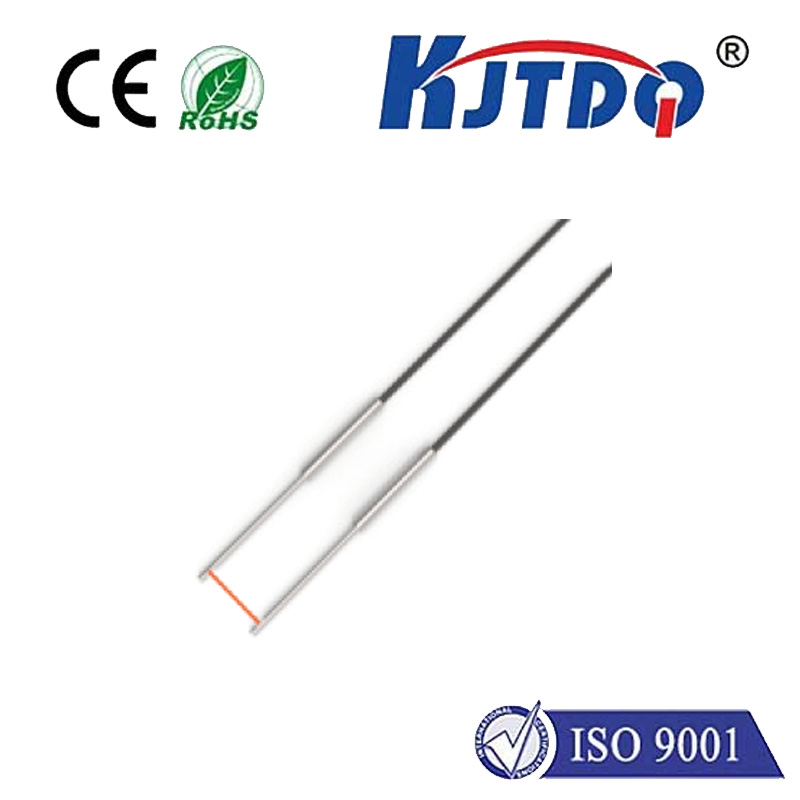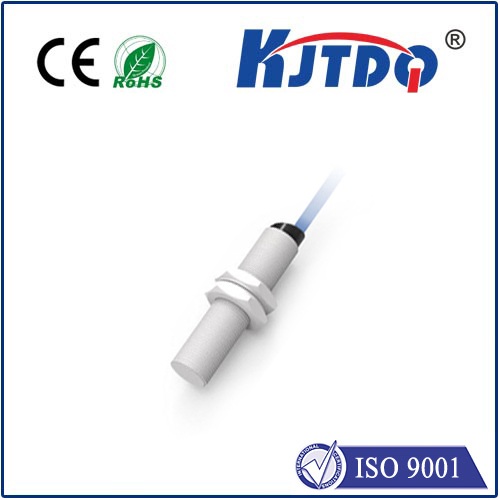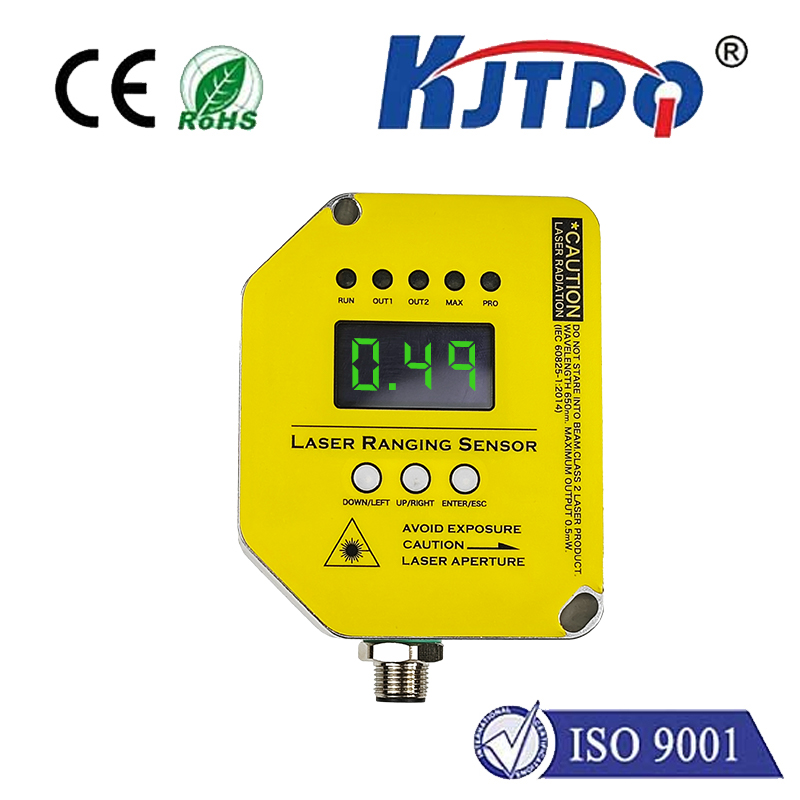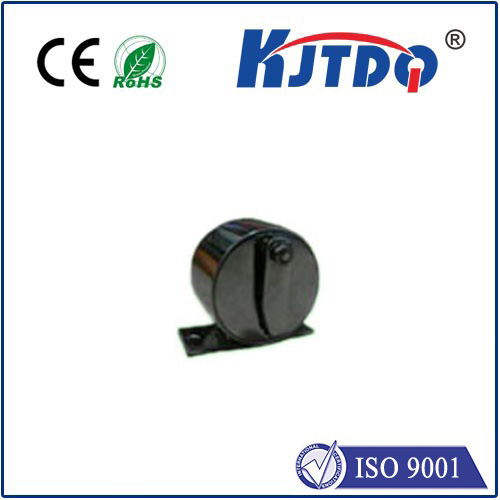

check

check

check

check

check

check

check

check

check

check
Imagine monitoring the integrity of a massive bridge spanning a deep ravine, the internal stresses of an aircraft wing mid-flight, or the temperature deep within a power generator – all using a sensor inscribed directly into a hair-thin strand of glass. This isn’t science fiction; it’s the reality enabled by Optical Fiber Bragg Grating (FBG) Sensors. These remarkable devices are quietly rewriting the rules across industries, offering unparalleled precision, resilience, and versatility in environments where conventional sensors falter. Their unique ability to transform a simple optical fiber into a distributed network of highly sensitive measurement points makes them a cornerstone technology for the future of sensing and monitoring.
The Core Principle: Light Interrogation at its Finest
At the heart of every FBG sensor lies a fundamental optical phenomenon. A Bragg Grating is a microscopic periodic modulation of the refractive index permanently “written” into the core of an optical fiber. This grating acts like a highly selective mirror or filter for light traveling through the fiber. When broadband light is launched into the fiber, the grating reflects a very narrow band of wavelengths – known as the Bragg Wavelength – while transmitting all others. The fundamental equation governing this is:
λ_B = 2 * n_eff * Λ
Where:

λ_B is the Bragg wavelength (the reflected wavelength),n_eff is the effective refractive index of the optical fiber core,Λ is the grating period (the physical spacing between the refractive index modulations).Unlocking Sensitivity: Strain, Temperature, and More
The brilliance of optical fiber Bragg grating sensors lies in their exquisite sensitivity to changes in both n_eff and Λ. Crucially, external physical parameters directly influence these values:
Λ changes. Tensile strain increases Λ, shifting λ_B to longer wavelengths (red-shift). Compressive strain decreases Λ, shifting λ_B to shorter wavelengths (blue-shift).n_eff (thermo-optic effect) and Λ (thermal expansion). This also results in a measurable shift in the Bragg wavelength.By precisely measuring the shift in λ_B using an optical interrogator (a specialized instrument that reads the reflected spectrum), one can deduce the applied strain or temperature change with remarkable accuracy. This makes fiber Bragg grating sensors ideal for applications demanding high-resolution measurements.
Compelling Advantages Driving Adoption
Why choose FBG sensors over traditional electrical counterparts? The benefits are substantial and often decisive:
λ_B. This allows for quasi-distributed sensing – measuring strain, temperature, or other parameters at numerous discrete locations using just one fiber line and one interrogator. Wavelength Division Multiplexing (WDM) and Time Division Multiplexing (TDM) techniques are commonly employed.Diverse Applications: From Bridges to Biotech
The unique strengths of optical fiber Bragg grating technology have led to widespread adoption:
Innovations and Future Directions
The evolution of fiber Bragg grating sensors continues at pace:
The Light-Powered Future of Sensing
Optical fiber Bragg grating sensors represent a paradigm shift in the world of measurement. Their blend of electromagnetic immunity, multiplexing power, long-distance capability, corrosion resistance, and high precision makes them an indispensable tool for engineers and scientists tackling complex monitoring challenges. As interrogation technology advances and novel grating designs emerge, the scope of fiber optic sensing applications will only broaden. From safeguarding critical infrastructure to enabling next-generation medical devices, FBG sensors are proving that sometimes, the most powerful insights come not from complex electronics, but from the subtle interplay of light within a strand of glass. They are a cornerstone technology driving the advancement of **structural health monitoring
